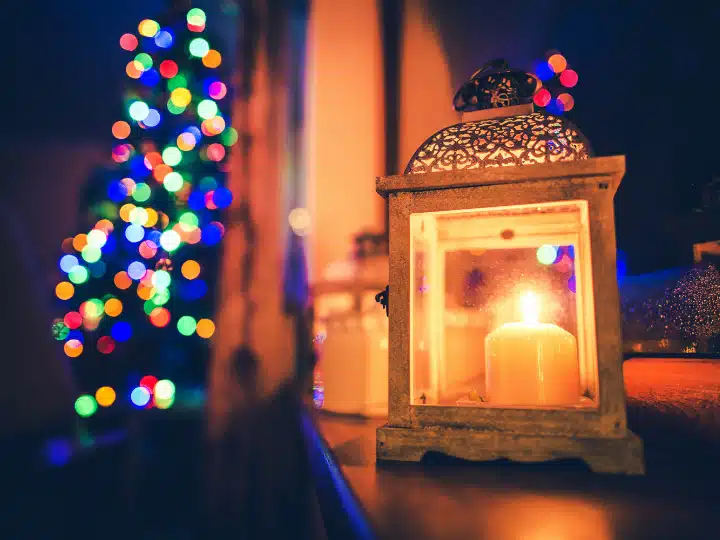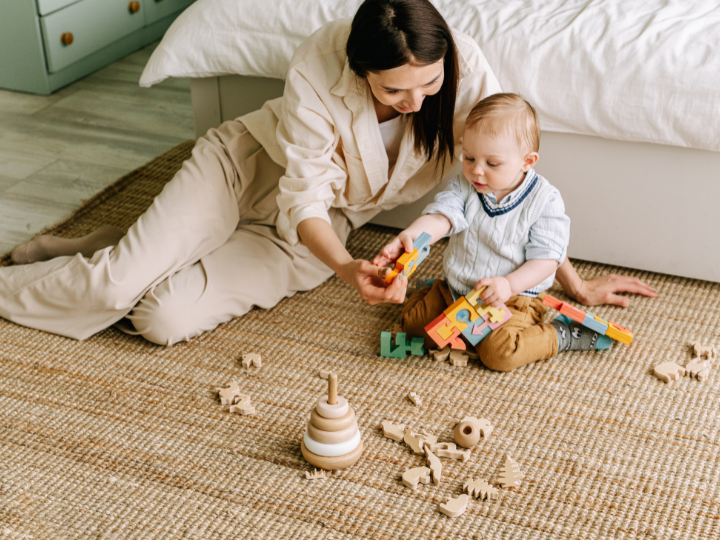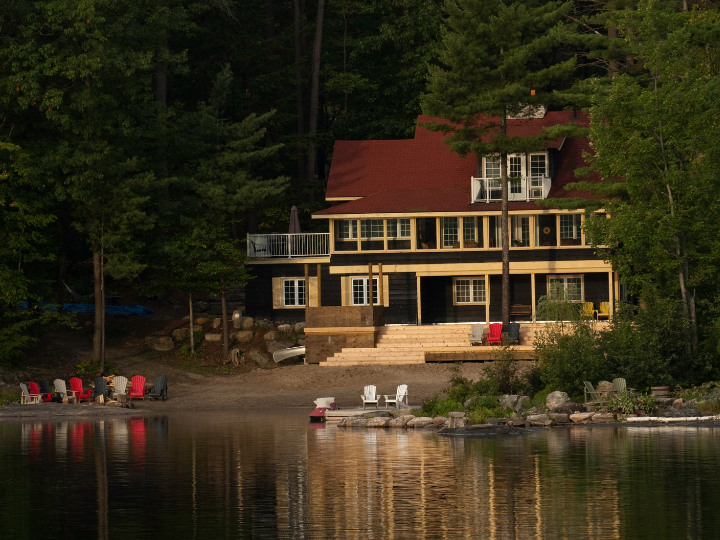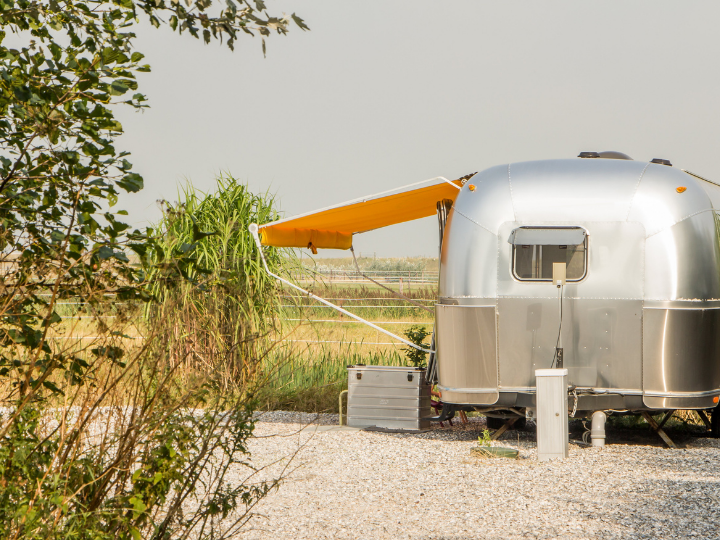When the temperature drops, people keep warm in a number of ways. Some crank the heater, some light the fireplace, and others place space heaters in each occupied room. Despite your personal heating preferences, every method has one thing in common: increased fire risk.
More heat means a greater risk for heat-related accidents. Just like cooking safety, too much heat in a small area can potentially cause a fire. This is true whether you’re dealing with embers from the fireplace, overheating electronics, or even a trapped heating vent. At Duliban Insurance Brokers, we want to help you stay safe this winter, including proper insurance coverage in case of a winter fire risk.
Carefully Tend To Your Fireplace and Keep the Grate Closed.
Several homes have a fireplace, even in warmer climates. If you are going to light a fire in your living room fireplace this year, use caution to ensure that no embers or burning wood escape into your home.
First, check the flue. Make sure the flue is open and the chimney is clear to carry smoke away. Then clean out the fireplace if there is any old ash or timber from the previous year. Finally, build a carefully tidy fire in the log rack and light kindling underneath. Once the fire gets going, be sure to close the grate. The metal bars or mesh will help to prevent embers and burning sticks from creating a fire risk. If the fire rises too high, close the glass doors of your fireplace, as well.
Place Candles Away from Walls, Curtains and Lampshades
Candles can be quite festive and soothing during the winter season. However, placement is extremely important. Arrange candles in locations where the flame cannot catch the walls, curtains or overhanging lampshades on fire. It is also smart to place your candles near the center of any table or surface, and in heavy-based holders so that your candles are difficult to knock over. Candles are one of the leading causes of accidental home fires.
Clear the Dryer Lint Trap with Every Load
Did you know that your dryer can become a fire hazard? In the winter, we tend to wear thicker and fuzzier clothing which produces more lint in the dryer. As a result of this, your lint trap fills much more readily, and if too full, that buildup of dry fabric becomes a fire risk and a single spark inside the dryer could set it off. Be sure to clean out your dryer lint trap before and after every single load of laundry.
Use Space Heaters with an Automatic Shutoff
Space heaters are very useful in homes that do not have central heating or where building heat is not very powerful. They also help when different family members prefer different temperatures in each room during the colder months. Of course, space heaters also bring a notable fire risk. Here are two safety rules that can help reduce that risk when using space heaters around the house.
1. Only buy space heaters that have both types of automatic shutoff: A thermostat shutoff (when the room is warm enough) and a stability shutoff (when the space heater is tipped over). This ensures that your space heater will stop producing heat any time the desired temperature is reached or if there is any risk that they are now facing into the carpet.
2. Avoid placing your space heaters close to any walls or furniture. Give each space heater two to five feet of space around, so it can heat the room without overheating fabric or other materials.
Use Electric Blankets with a Timer
It is dangerous to leave an electric blanket on all night, no matter how warm and snuggly it might be. If you use an electric blanket or heating pad, make sure it has a timer. This will ensure that the blanket switches off sometime after you fall asleep, and you do not sleep with the electric blanket on all night.
Do Not Cover Cables or Enclose Electric Blankets
Covering electronics is a recipe for dangerously high heat. Electric blankets are even more dangerous when they are enclosed between other layers of bedding because the blanket and fabric can overheat. Especially if there is no timer switch.
However, it is also important to keep cables and other electronic elements from being covered where they might overheat with continued use in the winter.
Do Not Block Your Heating Vents
Identify all of your home’s heating vents. They might be in the floor, the wall, or the ceiling. There should be at least one, if not several, in each room. Next, make sure none of your vents are being blocked by furniture. Just like enclosing an electric blanket, blocking your heating vents could result in a piece of furniture overheating and even potentially catching fire.
Douse Fires and Turn Off Heaters Before Bed
Before the last person goes to sleep in the house, it’s important to put out every fire and to turn off every space heater or electric blanket. Douse the fire in the fireplace. Blow out all candles. Switch off the space heaters in each room. While you’re at it, check the stove and oven to make sure they are fully off. Only then is it safe to go to bed without a looming, unattended fire risk.
Homeowner’s insurance will cover most accidental fire damage. This includes candle fires and electronic malfunctions. Of course, it is also important to know exactly what is covered and the total (potential) claim for fire restoration services – just in case a fire ever occurs in your home.
_
The winter season increases the risk of fires in almost every home. It is vital that you take steps to ensure proper insurance and to keep the house safe from accidental flames. With these tips and good insurance, you can protect your home and family from winter season fire hazards.
To learn more about the insurance you need to fully cover fire damage to you home and more, contact us today.
Sources
https://cityofroseville.com/2402/Winter-Fire-Safety-Tips#:~:text=Keep%20burning%20candles%20away%20from,ashes%20are%20in%20the%20fireplace.https://www.businessinsider.com/personal-finance/fire-insurancehttps://www.allstate.com/resources/home-insurance/fire-insurance-coverage












